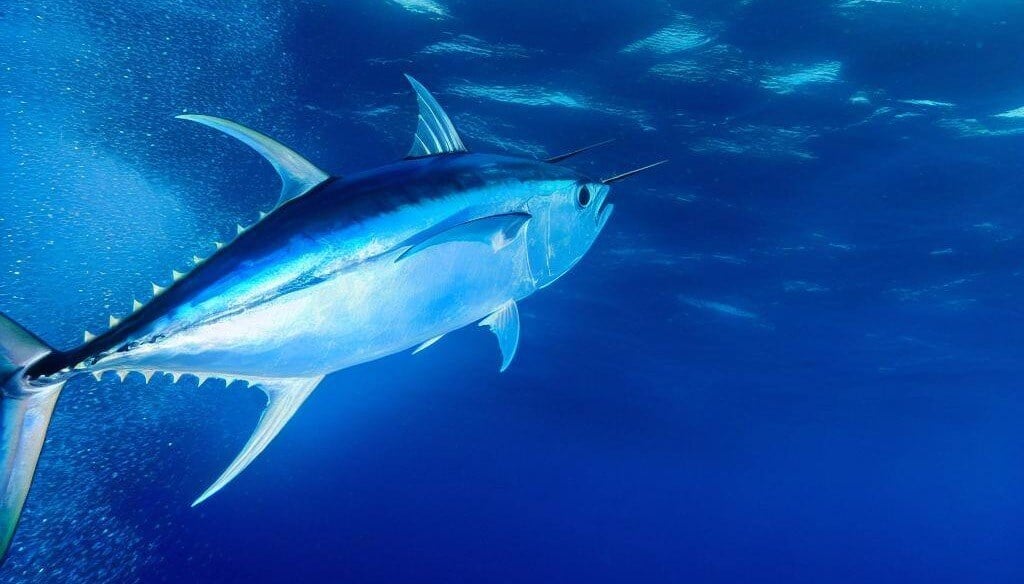Drought in the US, particularly in the Western and Southern plains, has caused problems for cattle farmers and ranchers. Eight states in the country reported 50% or more pasture and rangeland as poor to very poor. In July 2022, drought in Texas was rated as 91% (poor or very poor), followed by Arkansas at 72%. Drought is one of the reasons that more heifers are entering the slaughter pipeline. As a result, the inventory of cattle and calves in the US reached 98.8 million head, down 2% year-on-year (y-o-y) on 1st July 2022. This implies that there will be fewer number of cattle to slaughter in the remainder of 2022 compared to the early part of the year. Another factor of concern is the greater number of heifers, which produce calves, that are being sent to slaughter. More heifers being slaughtered means fewer heifers available to produce calves and thus a smaller cattle supply in 2023.
Secondly, the rising input costs have triggered the number of cattle going for slaughter. High prices of fertiliser, feed and fuel have been adding to the cost of cattle production. According to market participants, it has been difficult for farmers to handle increased input costs and drought at the same time.
Despite, the rising prices of cattle, certain beef cut prices are moving downwards due to higher cold storage stocks in the US. Beef in cold storage between May and June was up 29% y-o-y. Consequently, Mintec price for beef loin valued USD 3/lbs, down 7.3% quarter-on-quarter (q-o-q) on 3rd August.

.png?width=145&height=54&name=Mintec_Logo_Small_Use_Mono_RGB%20(2).png)


















